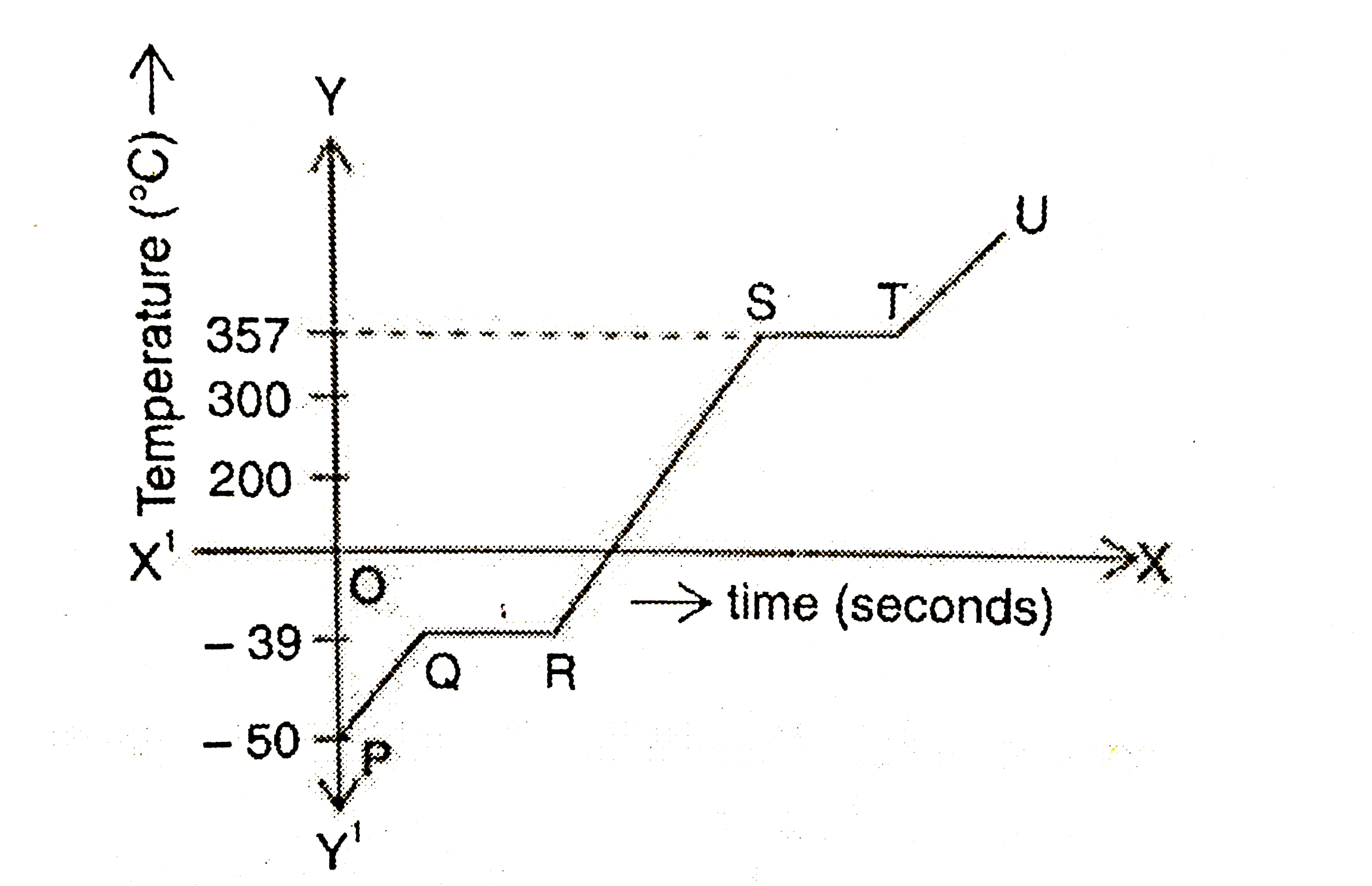Explain the following:
(i) Why is ethylene a planar molecule and acetylene a linear molecule?
(ii) Why does bond length decrease in the order?
C−C>C=C>C≡C
(iii) The boiling point of methanol is 66∘C and that of methyl mercaptan is 6∘C whereas the boiling points of diethyl ether an diethyl sulphide are 35∘C and 92∘C respectively.
(iv) ethanol boils at higher temperature than ethylamine inspite of the fact that both have nearly same molecular masses.
(v) What effect should the following resonance of vinyl chloride have on its dipole moment?
CH2=CH−CI↔−CH2−CH=+CI
(vi) The central carbon-carbon bond in 1,3-butadiene is shorter than that of n-butane.
(vii) What property of carbon accounts for the occurrence of large number of its compounds?
(viii) The C-CI bond is polar while CCI4 is non-polar.
(ix) Explain the factor on which polarity of bond depends.
(x) The CI atom has same electronegativity as nitrogen but it does not form effective hydrogen bonding.
Text Solution
The correct Answer is:(i) In ethylene each carbon atom undergoes sp2-hybridization while in acetylene each carbon undergoes sp-hybridization; (ii) As the s-character increases in the hybridized orbitals, greater overlapping occurs with the shortening of bond length (iii) CH3OH has higher boiling point than CH3SH due to hydrogen bonding. Diethyl sulphide has higher boiling point than diethyl ether due to large molecular mass (iv) Oxygen being more electronegative than nitrogen forms stronger hydrogen bond than the latter, (v) Resonance decreases the dipole moment of vinyl chloride as the positive charge on chloride and a negative charge on carbon oppose each other; (vi) 1,3-butadiene has sp2−sp2C−C bond length, while n-butane has sp3−sp3C−C bond length. More is 's' character in hybridization , lesser is bond length; (vii) (a) catenation, (b) carbon can link with other carbona tom with single, double and triple bonds. It can form bonds with other atoms also, (c) isomerism; (viii) The dipole moment of CCI4 is zero inspite of four similar polar (C−CI) bonds on account of symmetrical structure; (ix) The polarity of bond depends upon electronegativity difference of two atoms involved in covalence; (x) The size of CI atom is large as compared to nitrogen and so it pulls the shared pair of electron from hydrogen atom less effectively and thus it does not posses appreciable partial charge to show hydrogen bonding.
|
Topper's Solved these Questions
- INTRODUCTION TO ORGANIC CHEMISTRY BOOK - OP TANDONCHAPTER - INTRODUCTION TO ORGANIC CHEMISTRY EXERCISE - OBJECTIVE QUESTIONS (Level-A)
130 Videos
- INTRODUCTION TO ORGANIC CHEMISTRY BOOK - OP TANDONCHAPTER - INTRODUCTION TO ORGANIC CHEMISTRY EXERCISE - OBJECTIVE QUESTIONS (Level-B)
46 Videos
- INTRODUCTION TO ORGANIC CHEMISTRY BOOK - OP TANDONCHAPTER - INTRODUCTION TO ORGANIC CHEMISTRY EXERCISE - ILLUSTRATION OF OBJECTIVE QUESTIONS
12 Videos
- CHEMISTRY IN EVERYDAY LIFEBOOK - OP TANDONCHAPTER - CHEMISTRY IN EVERYDAY LIFEEXERCISE - SINGLE INTEGER ANSWER TYPE QUESTIONS
5 Videos
- MISCELLANEOUS (TOPICS OF GENERAL INTEREST)BOOK - OP TANDONCHAPTER - MISCELLANEOUS (TOPICS OF GENERAL INTEREST)EXERCISE - SET-VI: Problems on graphical aptitude
53 Videos
Similar Questions
Knowledge Check
The boiling point of water, ethyl alcohol and diethyl ether are 100∘C,78.5∘C respectively. The intermolecular forces will be in the order of:
Awater gt ethyl alcohol gt diethyl etherBethyl gt alcohol gt water gt diethyl etherCdiethyl gt ethyl alcohol gt waterDdiethyl ethar gt water gt ethyl alcoholThe boiling point of the substacne is __________C
 A−39B300C357Dcannot be determined
A−39B300C357Dcannot be determinedThe boiling point of CCl4 higher than that of CHCl3 because :
Athe dipole moment of CCl4 is greater than that of CHCl3BCHCl3 forms hydrogen bonds.CCCl4 has more number of polarisable electrons resulting in the strong vander Waal's force of attraction than that of CHCl3.DCCl4 is more ionic than CHCl3.
Why is boiling point of n-butyl alcohol (118∘C) higher than that of dethyl ether (35∘C) ?
View SolutionWhy is boiling point of n-butyl alcohol (118∘C) higher than that of dethyl ether (35∘C) ?
View SolutionThe boiling point of water ,ethyl alcohol and diethyl ether are 100°C , 78.5°C and 34.6°C respectively. Intermolecular forces will be in order of
View SolutionThe boiling point of water ,ethyl alcohol and diethyl ether are 100°C , 78.5°C and 34.6°C respectively. Intermolecular forces will be in order of
View SolutionThe boiling order of boiling points of diethyl ether, acetone and n-butyl alcohol are 35∘C,56∘Cand118∘C , respectively. Which one is the following correctly represents their boiling points in kelvin scale ?
View Solution
